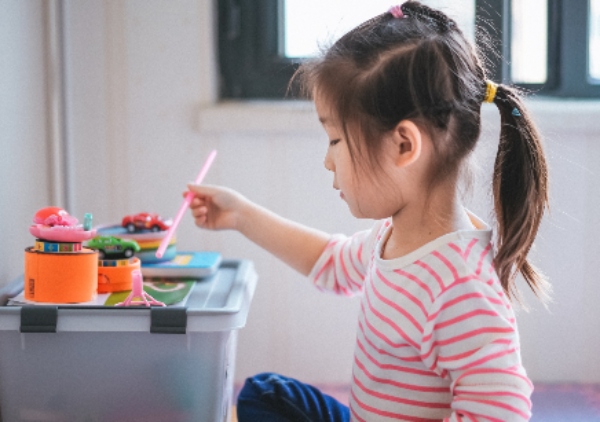Navigating community activities such as visiting the doctor, getting a haircut, or going to the dentist can be challenging for individuals with autism. These situations involve unfamiliar environments, new tools, and interactions that require specific skills. ABA therapy offers effective strategies to help individuals of all ages master these essential community skills, fostering independence and confidence.
Understanding the Challenges
Community activities often require individuals to adapt to new environments, follow directions, and interact with unfamiliar people. For example, a doctor’s visit might involve sitting still while tools like a stethoscope or otoscope are used—tasks that may feel overwhelming without proper preparation. Similarly, getting a haircut requires cooperation and responding appropriately to instructions from a stylist. These scenarios highlight the importance of tailored skill-building approaches.
How ABA Therapy Helps in Navigating Community Activities
ABA therapy uses evidence-based methods to teach and generalize skills in real-world settings. By breaking down complex tasks into manageable steps and systematically practicing them, individuals can learn to navigate community activities successfully. Key components of this process include:
-
Planning and Preparation
ABA therapists begin by identifying the specific skills required for each activity. Using a strategy called programming common stimuli, we incorporate materials, tools, and language commonly encountered in the community into teaching sessions. For instance, practicing with a stethoscope for doctor visits or scissors and combs for haircuts helps familiarize individuals with these items. -
Step-by-Step Skill Building
Skills are taught gradually to ensure mastery at each stage. For example, preparing for a doctor’s visit might start with sitting still while tools are manipulated nearby, then progress to holding the stethoscope close, and eventually allowing it to touch their back. -
Generalization Strategies
Generalization ensures that learned behaviors transfer from therapy settings to real-world environments. Techniques such as mediating generalization involve using motivational systems during practice sessions and bringing them into the community as cues for appropriate behavior. -
Data Collection and Adjustment
ABA therapists collect data throughout the teaching process to monitor progress and make necessary adjustments. This ensures that interventions remain effective and tailored to the individual’s needs. -
Caregiver Involvement
Caregivers play a crucial role in implementing strategies outside of therapy sessions. ABA teams train parents to use motivational systems and reinforce learned behaviors during community outings.
Real-World Application
Depending on the skill being taught, ABA therapists may accompany individuals to community settings or simulate these environments during sessions. For example:
- Practicing social interactions at parks or grocery stores.
- Preparing for medical appointments by mimicking procedures in therapy.
- Teaching adaptive behaviors like sitting still or responding appropriately during haircuts.
These strategies promote independence and help individuals feel more comfortable navigating their communities.
Individualized Instruction
Every individual has unique needs based on their age, previous experiences, and skill level. ABA therapy tailors interventions accordingly, ensuring success across all stages of life—from early intervention to adulthood. Navigating Community Activities with ABA Therapy
Conclusion
Navigating community activities with ABA Therapy empowers individuals with autism to engage confidently in everyday activities. By combining structured teaching strategies with generalization techniques, ABA fosters meaningful inclusion and independence. If you’re interested in helping your child master community skills through ABA therapy, contact us today!












